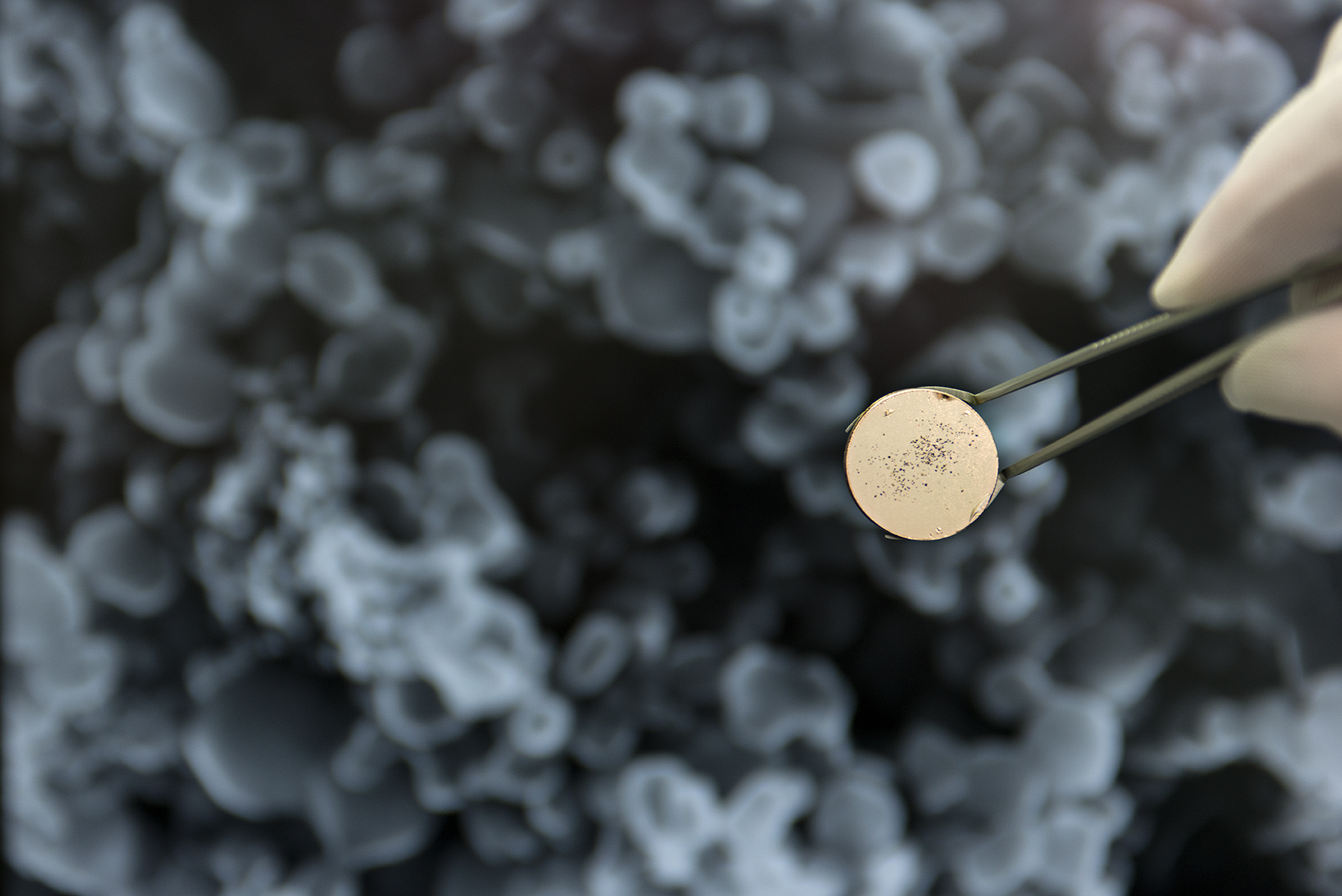Nano-expertise for ongoing research projects
Research on particles and fibers has a long tradition at Fraunhofer ITEM. For the past ten years, this has also included nanomaterials, which have meanwhile become a focus of our research.
This trend was encouraged, among others, by the large number of new nanoscale substances that require toxicological safety testing, before they can get marketing approval. In addition to the multiplicity of metals, metal oxides, and carbon blacks, new synthetic nanomaterials such as carbon nanotubes and graphenes popped up and got into the focus of research. Fraunhofer ITEM scientists have been enrolled in various national and European research projects exemplarily addressing the combined use of in-vitro (screening) and in-vivo tests (physiological validation). The investigation pattern used includes gene expression analyses to look for early responses indicating a potential link to inflammatory, proliferative, genotoxic, or carcinogenic outcomes.
 Fraunhofer Institute for Toxicology and Experimental Medicine
Fraunhofer Institute for Toxicology and Experimental Medicine
